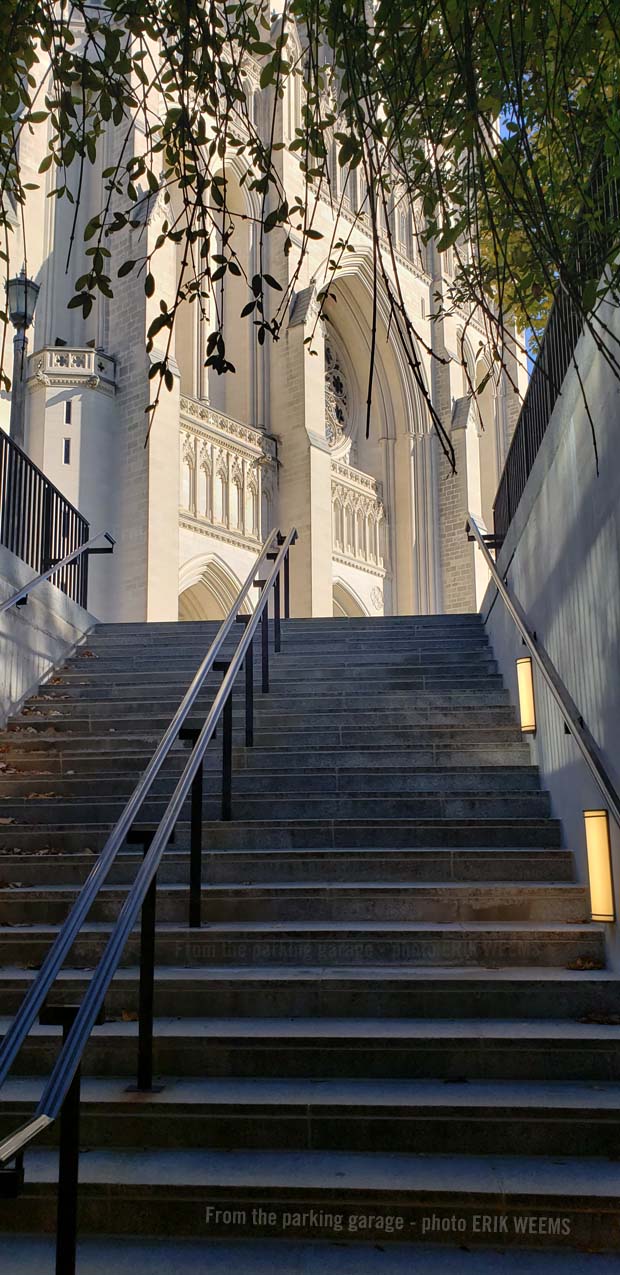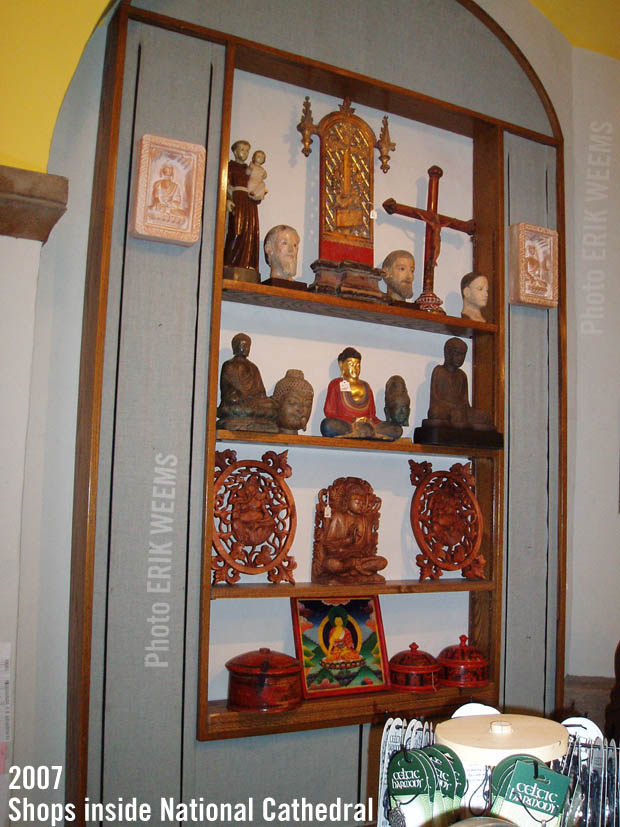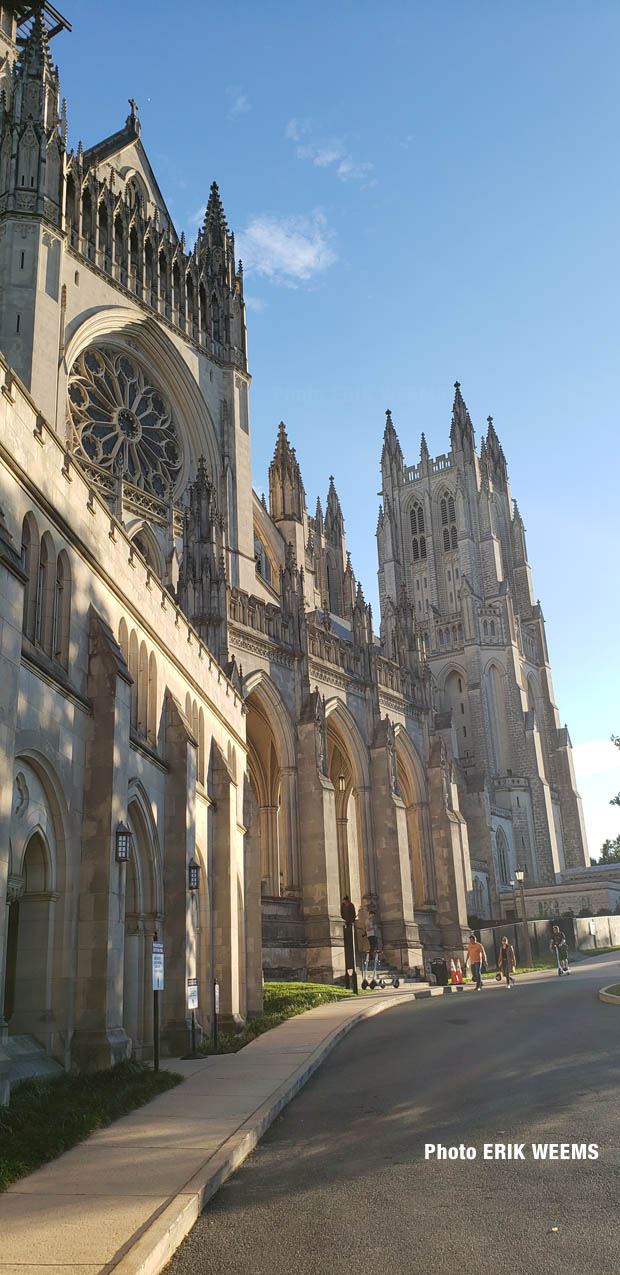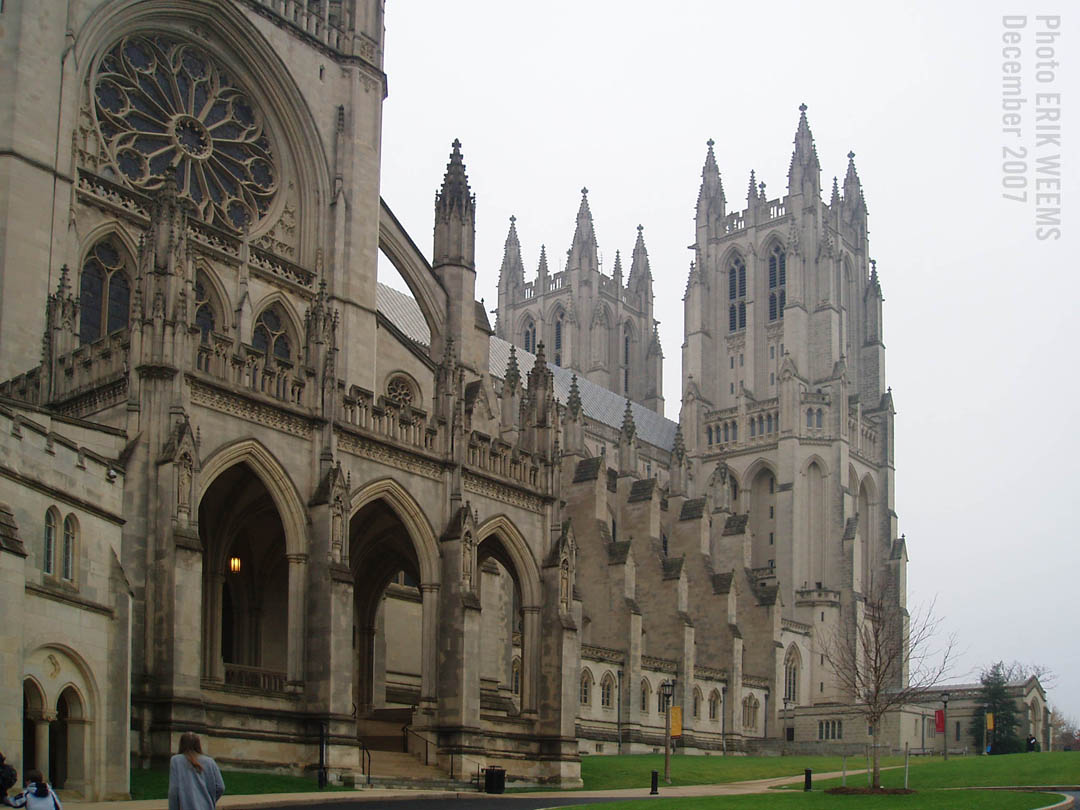National Cathedral Page 3
3101 Wisconsin Ave NW, Washington, DC 20016
The Washington National Cathedral in Washington, D.C., is associated heavily to it intricate architecture, the numerous statues, gargoyles, and carvings. These works were created by various skilled sculptors and stone carvers over several decades during the cathedral's construction spanning from 1907 to 1990.
Notable Sculptors and Carvers at the National Cathedral:
- Lee Lawrie (1877–1963): One of the most prominent architectural sculptors of the early 20th century, known for his work on the cathedral's statues and detailed figures.
- Roger Morigi (1907–1995): A master stone carver who worked extensively on the National Cathedral. He is often credited with supervising and contributing to the creation of numerous gargoyles and other detailed stonework.
- Vincent Palumbo (1928–2000): Another significant stone carver, Palumbo was known for his detailed and meticulous work on the cathedral. He succeeded Roger Morigi as the master carver and continued to maintain the high standards of craftsmanship.
- W. Douglas Webster: Known for carving several gargoyles and grotesques, including whimsical and modern figures.
- Boris Gilbertson (1907–1982): Contributed to some of the unique and creative gargoyle designs.
-
Patrick J. Plunkett: He was known for carving the Darth Vader gargoyle, a modern addition to the cathedral, resulting from a design competition. This particular gargoyle is the cause of the careful visual searches many tourists do on the northwest tower of the building. It can be found on the north wall, positioned high up among the other gargoyles and grotesques. This whimsical addition resulted from a children's design competition held in the 1980s and has since become one of the cathedral’s most popular and talked-about features.

View from the parking garage at the National Cathedral – click to see photo enlarged
ADVERTISEMENT


The National Cathedral - see photo enlarged
National Geographic Walking Washington – Amazon
Amazon Shopping Links
A History Lover's Guide to Washington, D.C.: Designed for Democracy (History & Guide)Original page September 29, 2021 | Updated November 5, 2024





